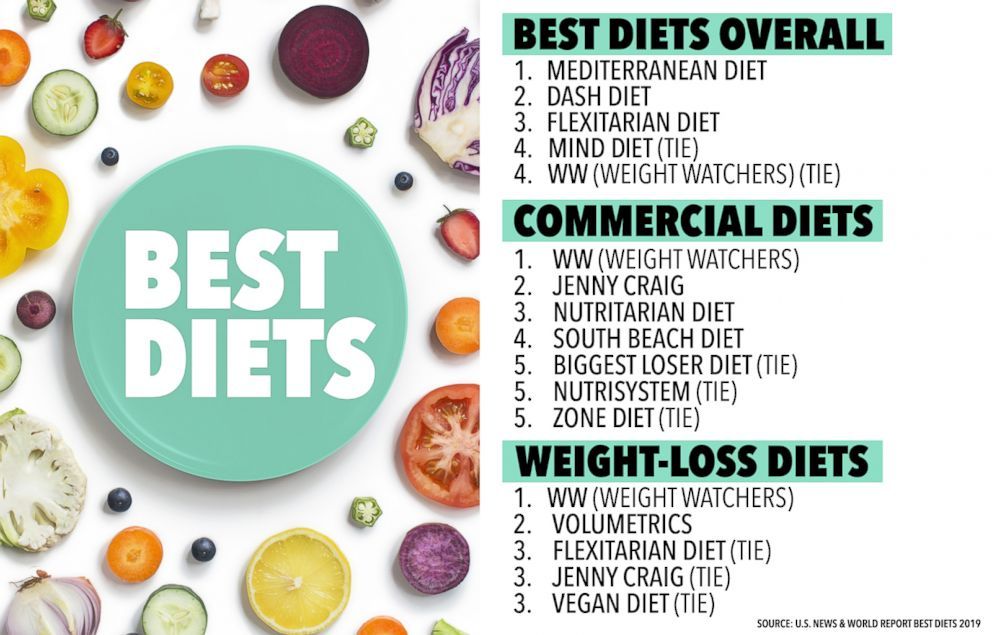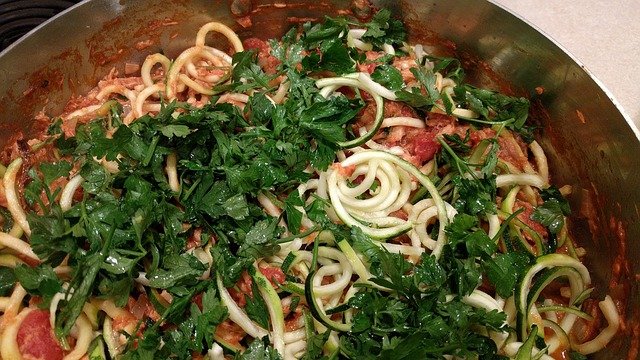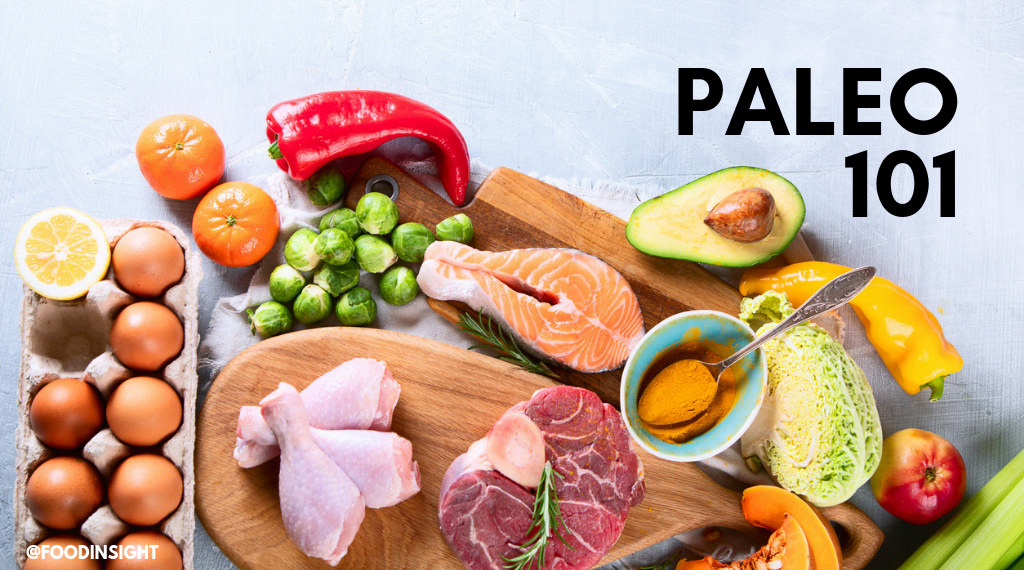
Paleo is a diet that you should not eat. Here are some common items you should not consume to lead a healthier life. Common additives include aspartame, calcium sorbate, monosodium glutamate (MSG), nitrates, potassium bromate, saccharin, artificial sweeteners, and GMOs.
Processed foods
The majority of processed foods can't be found in the natural world. These processed foods are usually manufactured in a laboratory, and they are often filled with artificial ingredients and/or preservatives. They lack nutrients, fiber, or protein. People who eat a paleo diet tend to avoid processed foods. So, what should you avoid? You can read on to learn more about some foods you should not eat when following a paleo lifestyle.
Refined sugars
Paleo does not allow for refined sugars. These products are full of additives that are harmful to your health. However, you can eat refined sugars in moderation, such as in small amounts. You can also try Ezekiel bread, which is made of grains, legumes, and goat milk.
Phytic acid in grains

Phytic acid is a compound found in grains and other plants that interferes with our bodies' ability to absorb minerals. It's especially problematic in countries with low levels of vitamin A and iron. Paleo doesn't ban phytic, however. There are some ways to minimize the impact of phytic acid. It is possible to reduce the impact by sowing grains before cooking and by cooking legumes for a longer time. This question is not a good or bad one.
Vegetable oils
Vegetable oil is a common ingredient in modern cooking. But, are they good for your health? They are rich in omega-3 fatty acids, but not the healthy ones that Paleo eats. Even if vegetable oils are well-sourced, organic and cold-pressed, they still contain unhealthy, polyunsaturated oil that is not good for your health. Fortunately, there are ways to substitute these oils in your cooking without compromising your diet.
Fruits
Apples are a staple food on the paleo diet. Although they are high-calorie, they are extremely nutritious. An average-sized apple is about 10 grams in sugar and has more than 2 grams fiber. Bananas and melons, while not being considered paleo foods, are much more nutritious than apples. If you really want to stick to your diet, however, you might consider adding one of these fruits.
Organic fruits
If you are on a Paleo diet, you should buy only organic, non-GMO fruits and vegetables. Organic produce will have fewer pesticides and trace chemicals. You can also choose items that are low in pesticide residue, such as those from the Environmental Working Group's Clean 15 list. The Environmental Working Group publishes each year lists of the cleanest and dirtiest foods.
Meat

First, create a grocery plan when you're trying to eat Paleo. You'll stay on track and won’t get lost in the aisles. A grocery list can help you identify paleo-friendly foods, as well as keep you on track. Here are some Paleo-friendly foods.
FAQ
What is the best way to learn to cook?
Cooking should be something everyone can do. Cooking is a skill that will allow you to enjoy delicious food. You must start by finding a recipe you enjoy and following it closely when you learn to cook. You'll then want to practice small adjustments until you feel confident making the dish. You can also try cooking for other people. This will allow you to improve your cooking skills and test your abilities.
Do I need to buy any ingredients to cook?
You don't need to buy every ingredient. Many grocery stores carry pre-made sauces and items that can be used as substitutes. Premade meals are an option if you're looking for a way to save some money.
What skills will I need to be able to go to culinary school?
To become a chef, you must be able to cook well, work under pressure, and understand food safety regulations. For a basic understanding of cooking, it is advisable to enroll in cooking classes at the local high schools or community colleges. After mastering the basics, you'll be able to apply for a job at a catering or restaurant.
What are basic cooking skills?
Basic cooking skills are the ability to read and follow recipes. These are the essential skills you will need to be able cook for yourself. Cooking is a great way save money as you don’t have to order take-out every day.
What is the minimum requirement to become a chef?
No. Many chefs learned their craft on their own. Some chefs even attended culinary school to gain more experience. Culinary school is preferred by most chefs because they have more opportunities to grow and learn. Culinary schools allow students to learn hands-on skills, and this helps them improve their cooking knowledge.
What are my options for learning about cooking?
Cooking classes are available throughout the country. You can find courses in baking, pastry and wine tasting at many schools. You can learn more about how to cook by enrolling in a class at either a local vocational school or community college.
What should a novice cook do first?
An easy dish to start with is pasta, rice, or soup. If you want to learn how to cook, go for a recipe book or YouTube video. Cooking is fun when you do it with someone else. Cooking together is fun with family members or friends.
Statistics
- The median pay for a chef or head cook is $53,380 per year or $25.66/hour, according to the U.S. Bureau of Labor Statistics (BLS). (learnhowtobecome.org)
- You'll be amazed that over 90% of CIA students receive scholarships and grants to finish their culinary studies. (ischoolconnect.com)
- According to the BLS, chefs earn $58,740 a year. (learnhowtobecome.org)
External Links
How To
How to make an omelet that is perfect
Omelets is one of my favourite breakfast foods. How can you make them perfectly? Many different recipes and methods have failed to work for me. Today, I'd like to share some tips with you in order to make delicious and fluffy omelets every day.
Before we start making omelets, let's remember that eggs are temperamental. The eggs must be fresh from an organic source and kept at room temperature until they are ready to be cooked. If you don't keep them cold enough, the whites won't form properly, and the yolks will break down too much and become runny. This causes your omelets to look oddly colored. If you're going to cook them immediately, it is best if the eggs are still warm.
Another tip is to separate your egg before adding it into the pan. It is important not to allow any white to mix with the yolk as this could lead to the omelet becoming curdled.
You might burn the bottom of the egg if you place the egg directly on the stovetop. This could ruin the texture of your omelet. Instead, microwave the egg for 10 seconds before adding it to the pan. The microwave heat cooks your egg just right, without it becoming too soft.
Next, let us talk about how to mix the eggs. When you mix eggs together, you want to beat them well. To do this, take the bowl from the mixer and flip it upside-down. Then shake the bowl vigorously. This will whip the air around the bowl and mix the egg well.
The fun part is now - adding the milk to the mixture. Pour half the milk into the beaten egg mixture and then fold in the eggs. You don't need to worry if streaks remain. They will disappear once you flip your omelet.
After you have folded your eggs, heat up the oil on medium heat. Wait for it to get hot. Add 1/4 cup butter to the oil and swirl it around to coat all sides of the pan. Open the lid and sprinkle salt on the pan. An additional pinch of salt will prevent the omelet form sticking to your pan.
Once the omelet forms, cover the pan again. Let the top side set completely. Flip the omelet by using a spatula. Cook the second side for a minute or so. Take the omelet out of the pan and immediately serve.
This recipe works best when you use whole milk.